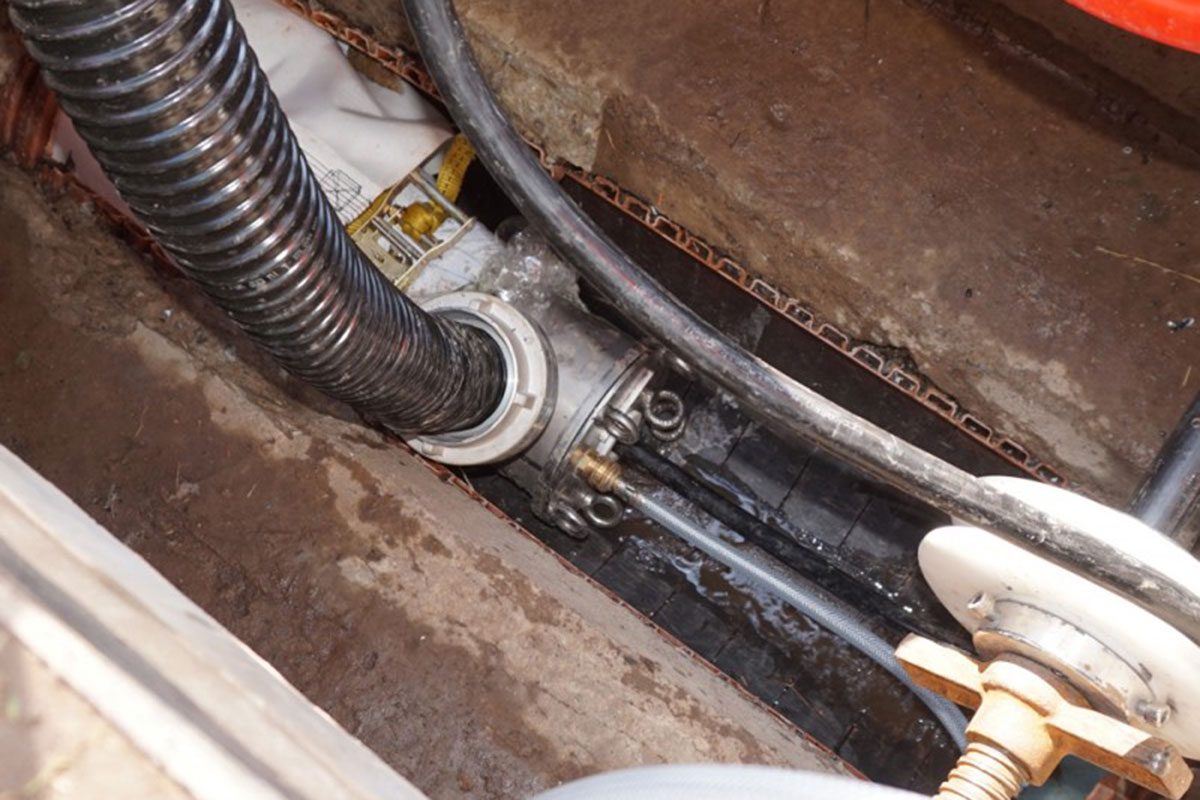 A multi-disciplinary team of drainage engineers from Lanes Group plc has completed the lining of a drainage pipe nearly 1-km long on behalf of a contractor working for Scottish Water. The project involved installing five separate liners, one of them 200-m long, in a surface water pipe across farmland near Kelso in the Scottish Borders. Drainage and utilities specialist Lanes was commissioned to carry out the lining works by aBV, a joint venture of Amey and Black & Veatch, an infrastructure development alliance partner with Scottish Water.
A multi-disciplinary team of drainage engineers from Lanes Group plc has completed the lining of a drainage pipe nearly 1-km long on behalf of a contractor working for Scottish Water. The project involved installing five separate liners, one of them 200-m long, in a surface water pipe across farmland near Kelso in the Scottish Borders. Drainage and utilities specialist Lanes was commissioned to carry out the lining works by aBV, a joint venture of Amey and Black & Veatch, an infrastructure development alliance partner with Scottish Water.
Lanes’ David Beveridge said: “This was a difficult task that drew on the expertise and experience of teams from across Lanes.” He continued: “Working in partnership with ABV and Scottish Water, we delivered a complex lining project on time and on budget, to the high quality expected by Scottish Water, and with no incidents reported.”
“By using our latest UV light cured in place pipeline (CIPP) technology, we could line the pipe in the shortest possible time, with least disruption, and with the most sustainable outcome for our client.” The task given to Lanes was to line an 876m-long and 300mm-diameter perforated surface water pipe running across fields from the village of Stichill towards the town of Kelso. The pipe had been laid many years before with the intention of allowing surface water to drain into the farmland. A change of use and new standards meant the pipe had to be sealed. The firm’s Paul Henderson said: “Lining the pipe was a much more cost-effective, faster and less disruptive solution than excavating and replacing it.” He added: “By lining the pipe, we could give it the long-term strength and integrity needed, to the quality standard required by Scottish Water.”
Lanes’ project team included lining specialists, a CCTV survey crew, a jet vac tanker team and a civils team to install the liners over a period of seven working days. As UV liners are installed manhole-to-manhole along straight sections of pipe, the civils team, based at the Lanes Glasgow depot, constructed a new manhole at one bend in the pipe. The jet vac tanker crew cleaned the pipe ready for lining, removing roots and debris that had fallen into it through the perforations. The CCTV team monitored the cleaning process and surveyed the liners once installed. UV liners have multiple layers. A glass reinforced plastic (GRP) outer layer is combined with a layer containing a chemical catalyst and resin that react together when exposed to UV light. The liner is winched through the pipe and inflated against the pipe wall with compressed air. A computer-controlled UV light train is then sent though the liner, triggering the catalyst which cures the resin. Mini cameras on the light train allow the process to be monitored from a mobile control centre. UV lining creates a tough and durable pipe-within-a-pipe. The process generates very little waste and requires relatively small operational sites at either end of a pipe being lined. Curing times are faster than other CIPP methods so UV lining can be completed in shorter operational window.






